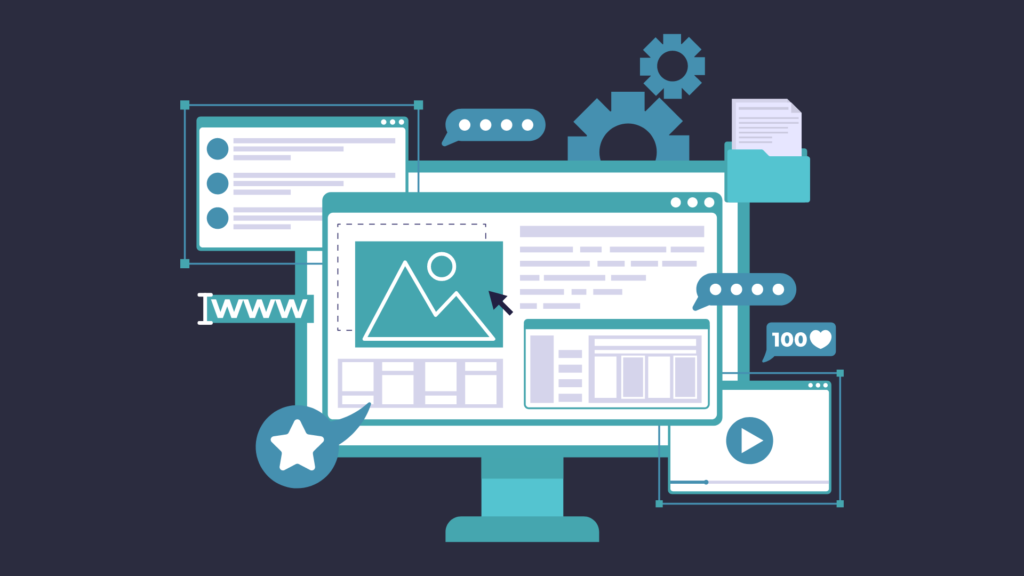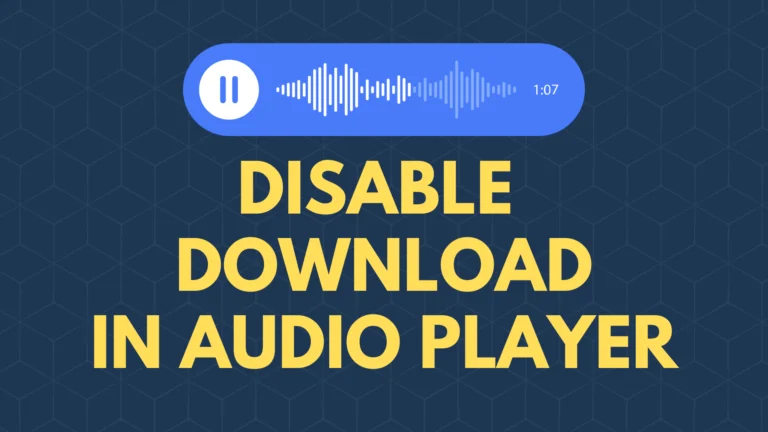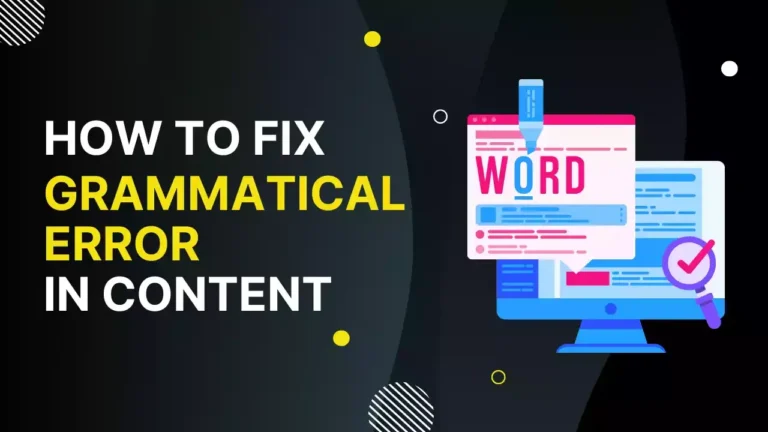How to Launch a Blog That Can Develop Into a Business

There are numerous ways to make money online – one of which is to start a blog. With low initial investment and a relatively easy setup, starting a blog can be a lucrative business opportunity since you can turn it into a side hustle or a full-time job.
If you’re wondering how profitable blogging can be, new bloggers can earn around $500-$2,000/month within the first year.
In this article, we will cover all the important steps to starting a blog and provide helpful tips on how to grow your audience, establish credibility, and make your blog profitable.
1. Find Your Niche and Target Audience
A niche is the specific type of topic you will cover in your blog posts. It can improve your content writing by targeting the ideal audience and determining the right blog promotion strategies. To decide on a particular niche, reflect on your interests, past experiences, or even your favorite blogs.
Then, use tools like Google Trends to find out if there is demand for your target niche. It is ideal to find a lucrative niche as it is one of the keys to making money online quickly and effectively. The fewer people search for your niche, the more difficult it can be to capitalize on it.
To learn more about your blog niche’s profitability and market competition, use tools like Semrush and Ahrefs. These help you gain insights into your competitors’ content and the right keywords to use in your blog.
2. Choose the Right Blogging Platform
The next step is to find the right blogging platform to help manage all your blogging activities, from content creation to publication. For this, you will need a platform that offers an easy-to-use interface.
Look for a blogging platform that has a drag-and-drop editor. This makes it much easier to customize website elements, like adding or removing pictures, texts, and icons. Moreover, the platform should provide a wide variety of pre-made templates so you can further personalize your website’s look and feel.
An excellent blogging platform is WordPress. This highly popular content management system (CMS) is a top choice for many beginners to create, manage, and publish their blog content. With extensive themes and plugins, you can build a WordPress blog that’s tailored to your specific needs and enhance its overall appearance and functionality.
3. Choose Your Hosting Plan and Domain Name
A web host makes your blog available online through web hosting. It provides various resources for your site to run smoothly, such as the server, bandwidth, SSD storage, and databases.
Choosing a reliable hosting provider is vital as it plays a significant role in keeping your site stable and secure. When deciding on a web host, keep in mind the following criteria:
Speed: Ideally, a web page should not take longer than three seconds to load. Choose a hosting provider that uses a content delivery network (CDN) to speed up the page load time. No matter where your users are located, a CDN will load your content from the nearest server.
Security: Check if a web hosting provider offers a free SSL certificate, robust firewall protection, and backup features. Regular backups come in handy to restore any data in case of accidental deletion, cyber-attacks, or natural disasters impacting your host’s server.
Ease of use: An intuitive control panel will help simplify the management of your hosting account and website files. Watch a tutorial or try a demo before selecting a web hosting provider.
Affordable hosting plans: Evaluate the pricing, features, and benefits of a hosting plan to help you decide on the most suitable one for your blog. Opt for a hosting provider that offers a 30-day money-back guarantee so you can try their services risk-free.
Customer support: In case of any technical issues, you will want a web host that provides 24/7 customer support. Ensure there are multiple communication channels available such as live chat, email, or phone calls.
In addition, you will also need a unique domain name that represents your blog and acts as your digital address. For convenience, choose a web host that offers free domain name registration with a hosting plan.
When it comes to choosing a domain name, always keep it simple yet memorable so users can easily pronounce and type it. Brainstorm words associated with your blog’s niche, or try a domain name generator.
Then, use WHOIS to check the availability of your URL address. If someone else has already registered your preferred domain, the most straightforward alternative is switching the domain name extension, such as .net or .xyz.
4. Customize Your Blog

A well-designed, easy-to-navigate, and mobile-friendly blog will impress your visitors right from the moment they land on your homepage. Present your blog’s unique style with a combination of a proper layout, color schemes, and fonts. Then, use Google’s Mobile-Friendly Test Tool to see if your blog design works well for mobile devices.
To avoid hurting the user experience and having an unprofessional-looking blog, remove any unnecessary icons or buttons, irrelevant ad placements, and large blocks of text. In addition, facilitate user navigation by dividing your pages into categories and providing a visible search bar.
5. Plan Your Content Strategy
With a proper content strategy in place, you will not run out of blog post ideas or lose the motivation to update your blog. Use an editorial calendar to help organize your content plan and maintain consistency in writing and publishing new articles.
Evaluating your competitors can also help with the process of planning and creating content. Read their top-performing articles and see how they engage with readers. Doing so helps identify what your blog needs to improve or stop doing.
6. Start Writing Blog Posts
Now, it’s time to start blogging. Creating a blog post outline can help streamline your entire writing process. It enables you to construct a logical and smooth flow throughout your post. Apart from organizing your thoughts, a clear outline can also help avoid writer’s block.
To provide excellent readability, break up your texts by using clear headings, bullet points, and relevant visual elements. Ensure to only use original or royalty-free images. In addition, make your posts even more digestible by simplifying your writing. Use an online text editing tool like Hemingway App that will flag any complex sentences.
Furthermore, be sure to proofread after writing every single blog post. Use tools like Grammarly to fix grammatical, spelling, or punctuation errors. Then, check your content’s originality by using plagiarism checkers like DupliChecker or Quetext.
7. Optimize Blog for Search Engines
To run a successful blog, implement search engine optimization (SEO) to create content that ranks well on search engines. An Excellent SEO practice is to include relevant keywords in your blog post titles, meta descriptions, and headings. Use free keyword research tools like Keyword Planner or WordTracker to enhance your strategy.
Make sure to add all the target keywords naturally throughout your content. We also recommend going for long-tail keywords as they have less competition on search engine results pages (SERPs). Use Google Autocomplete or browse online forums like Quora or Reddit to find what users are searching specifically.
8. Launch and Promote the Blog
This step is about ensuring that your blogging efforts get the recognition it deserves. Promote your posts on social media platforms like Twitter, Facebook, Instagram, and LinkedIn. To attract a consistent amount of traffic, create high-quality and valuable content that solves your target audience’s pain points.
Additionally, consider collaborating with other bloggers in your niche by guest posting. This requires you to write for another website for backlink opportunities. Be sure to work with credible blogs with a robust following and check their published posts to help you produce fresh and relevant content.
9. Start Monetizing the Blog

Monetization methods help turn a personal blog into a profitable one. Consider implementing the following approaches to start generating profit from your own blog:
- Advertisements: Make money blogging by selling ad space on your blog. Sign up for the Google AdSense program to connect with advertisers.
- Sponsored posts: Get in touch with well-known businesses in your niche and let them know that you’re open to writing product reviews for them.
- Affiliate marketing: This monetization method requires you to write a blog post that contains a specific link to certain products or services. You’ll earn a commission every time a user clicks on the link and makes a purchase.
- Online store: Build a profitable blog by selling physical products, eBooks, or online courses directly on your website.
10. Track Blog Performance
Monitoring your blog’s performance help reveal which of your content and promotion strategies need improvement. Use insights from Google Analytics to learn more about your audience and traffic. Not only is it free, but the tool also offers easy installation on most blogging platforms.
Let’s look at some of the most important metrics to track in Google Analytics:
Users: Track the number of monthly visitors. If you notice a significant drop, it is best to start reevaluating your current SEO and marketing efforts.
Bounce rate: This shows the percentage of visitors who leave your site without any interaction. Most likely, it is because users can’t find what they are looking for or have waited too long for your site to load.
Average session duration: This metric measures the average amount of time a user spends on your website. By providing valuable content, it is likely visitors will stay longer.
Exit pages: Evaluate this metric to help you understand why users leave a particular page. If they exit right after accessing your search page, it’s likely they can’t find the desired content.
Traffic sources: Users can access your blog by typing your domain name directly into their browser’s address bar or through other places like social media. By identifying where most of your visitors come from, you can refine strategies to boost traffic from a specific channel.
Conclusion
Through this article, you’ve learned how blogging can offer a promising way to earn money online. However, remember that it will take commitment and hard work to see the desired results.
To recap, here are 10 actionable steps to start your blogging business:
- Find your niche and target audience.
- Choose the right blogging platform.
- Choose your hosting plan and domain name.
- Customize your blog.
- Plan your content strategy.
- Start writing blog posts.
- Optimize your blog for search engines.
- Launch and promote your blog.
- Start monetizing your blog.
- Track blog performance.
We hope this article serves as a useful guide to help start your blogging journey. Feel free to leave a comment if you have any questions or tips to share. Good luck!





